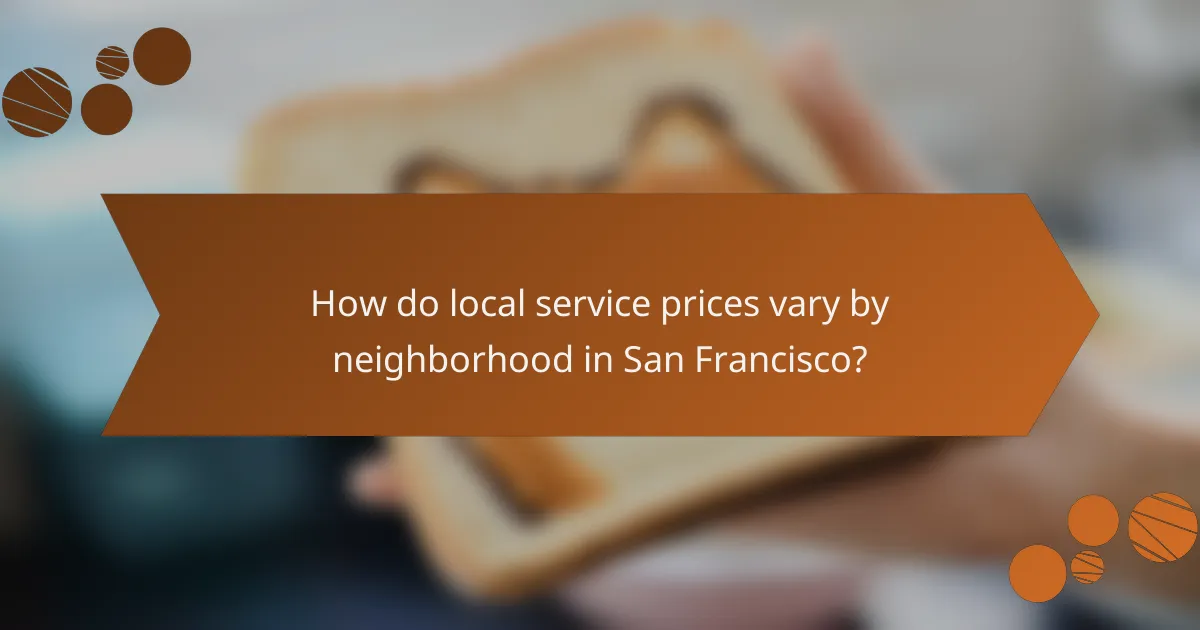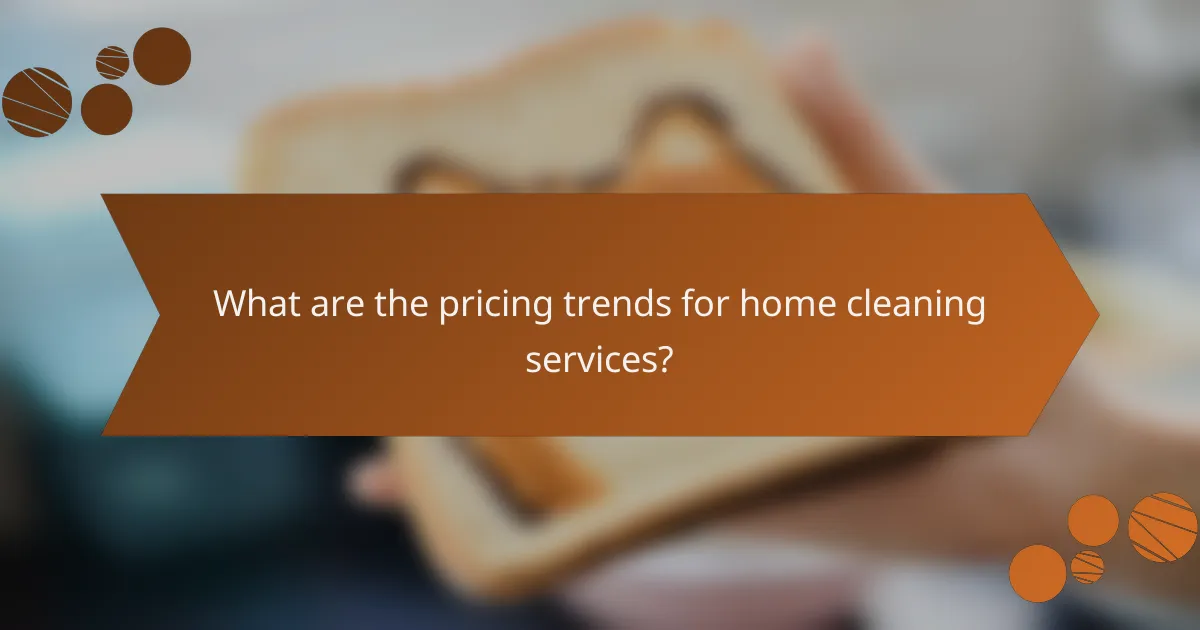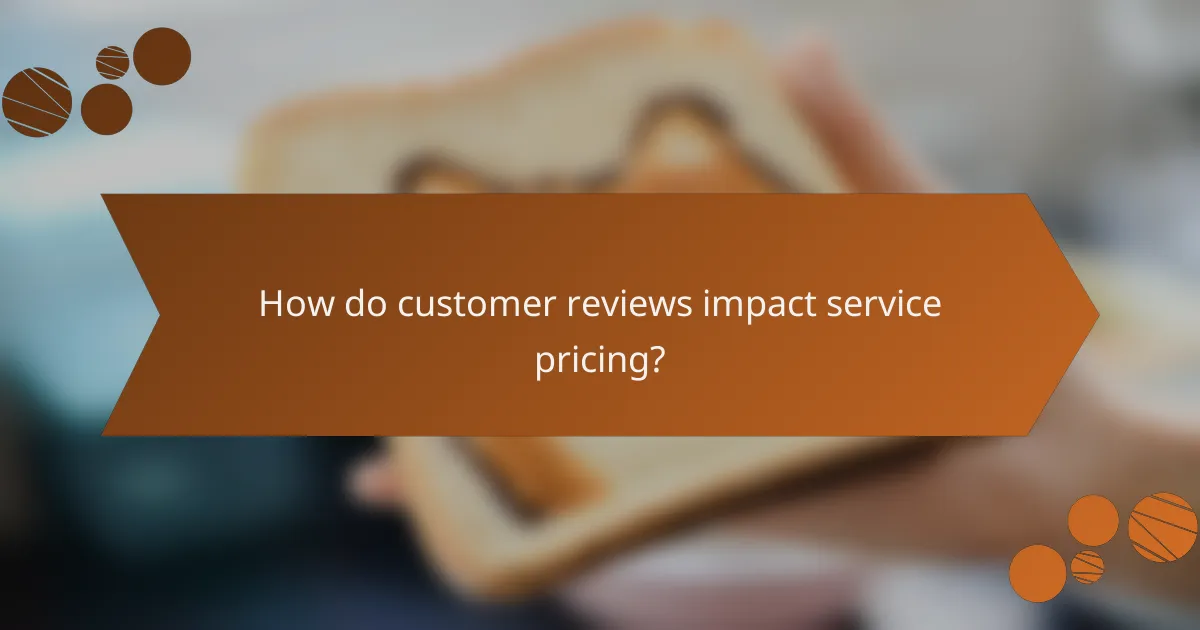Understanding the average costs of common local services is essential for residents looking to budget effectively for home maintenance and improvements. Prices can vary significantly based on location, service type, and provider, with factors such as demand and local competition playing a crucial role in determining costs. By being informed about these pricing trends, consumers can make better decisions and find the best value for their needs.

What are the average costs of common local services in Los Angeles?
The average costs of common local services in Los Angeles vary widely based on the type of service and the specific provider. Understanding these costs can help residents budget for necessary home maintenance and improvements.
Plumbing services average $150 to $300
Plumbing services in Los Angeles typically range from $150 to $300 for standard repairs, such as fixing leaks or unclogging drains. Factors influencing the cost include the complexity of the issue, the time required for repairs, and the plumber’s experience.
For larger projects, such as installing new fixtures or repiping, costs can increase significantly. Homeowners should obtain multiple quotes to ensure competitive pricing and consider checking reviews for quality assurance.
Landscaping services average $50 to $100 per hour
Landscaping services in Los Angeles generally charge between $50 and $100 per hour. This pricing can vary based on the type of work, such as lawn maintenance, garden design, or hardscaping installations.
When hiring a landscaper, it’s beneficial to discuss the scope of work clearly and request an estimate upfront. Seasonal demand can also affect pricing, so consider scheduling services during off-peak times for potential savings.
Electrical services average $100 to $200 per hour
Electrical services in Los Angeles usually cost between $100 and $200 per hour. This range reflects the expertise required for tasks such as wiring, installations, and troubleshooting electrical issues.
Homeowners should ensure that the electrician is licensed and insured, as this is crucial for safety and compliance with local regulations. It’s advisable to get detailed estimates and inquire about any potential additional fees before starting a project.

How do local service prices vary by neighborhood in San Francisco?
Local service prices in San Francisco can differ significantly based on the neighborhood, influenced by factors like demand, demographics, and local competition. Generally, areas with higher demand see elevated prices, while less sought-after neighborhoods offer more competitive rates.
Downtown San Francisco has higher rates due to demand
In Downtown San Francisco, service prices tend to be on the higher end due to the area’s bustling business environment and high demand. For instance, services like cleaning, landscaping, and plumbing can cost anywhere from 20% to 50% more compared to other neighborhoods.
This premium pricing is often justified by the convenience and accessibility that downtown services provide to local businesses and residents. Consumers should be prepared for higher rates, especially during peak hours or events.
Outer Sunset offers more competitive pricing
In contrast, the Outer Sunset neighborhood typically features more competitive pricing for local services. The demand is lower here, which allows service providers to offer rates that are often 10% to 30% less than those found in Downtown.
Residents in the Outer Sunset can benefit from a wider range of service options at more affordable prices, making it an attractive area for those seeking value. It’s advisable to compare quotes from multiple providers to ensure the best deal in this neighborhood.

What factors influence local service pricing in Chicago?
Local service pricing in Chicago is influenced by various factors, including service complexity and local competition. Understanding these elements can help consumers make informed decisions and budget effectively for services they need.
Service complexity affects pricing
The complexity of a service directly impacts its cost. More intricate tasks, such as electrical work or plumbing repairs, typically require specialized skills and tools, leading to higher prices. For example, basic handyman services might range from $50 to $100 per hour, while specialized services can exceed $150 per hour.
Additionally, the time required to complete a task can vary significantly based on its complexity. Simple jobs may take only a few hours, while more complicated projects could span several days, further increasing overall costs.
Local competition impacts rates
Competition among service providers in Chicago plays a crucial role in determining pricing. Areas with numerous service options often see lower prices due to market saturation, while neighborhoods with fewer providers may experience higher rates. For instance, a common service like lawn care might cost between $30 and $60 per visit in competitive areas, but could rise to $80 or more in less competitive markets.
Consumers should consider obtaining multiple quotes to gauge the average pricing in their area. This practice not only helps in finding the best deal but also provides insight into the quality of services offered by different providers.

How do seasonal trends affect service costs in New York City?
Seasonal trends significantly influence service costs in New York City, with prices often rising during peak seasons due to increased demand. Understanding these trends can help consumers plan their budgets and make informed decisions about when to utilize various services.
Higher demand in summer increases prices
In New York City, summer months see a surge in demand for services such as landscaping, home repairs, and tourism-related activities. This heightened demand often leads to price increases, sometimes reaching 20-30% above off-peak rates. For example, hotel rates can spike during summer vacations, making it essential for travelers to book early to secure better rates.
Service providers may also implement surge pricing during busy periods, which can affect everything from ride-sharing to event tickets. Consumers should be prepared for these fluctuations and consider scheduling services during less busy times to save money.
Off-season discounts are common
During the off-peak seasons, particularly in late fall and winter, many services in New York City offer discounts to attract customers. This can include reduced rates for home cleaning, maintenance services, and even dining options. Discounts can range from 10-50%, making it a cost-effective time to engage these services.
Additionally, businesses may run seasonal promotions or package deals during slower months, providing further savings opportunities. Consumers should actively seek out these offers and consider planning their service needs around the off-season to maximize their budget.

What are the pricing trends for home cleaning services?
Home cleaning services typically range from $100 to $200 per visit, depending on various factors such as location, service type, and the size of the home. Understanding these pricing trends can help homeowners make informed decisions about their cleaning needs.
Average cost is $100 to $200 per visit
The average cost for a home cleaning service visit generally falls between $100 and $200. Factors influencing this price include the size of the home, the level of cleaning required, and the frequency of service. For example, a one-time deep clean may cost more than a standard maintenance clean.
In urban areas, prices may skew higher due to increased demand and higher operational costs. Conversely, rural areas might see lower rates, but the range typically remains consistent across different locales.
Monthly contracts often offer savings
Opting for a monthly cleaning contract can lead to significant savings compared to one-time services. Many cleaning companies provide discounts for regular clients, which can reduce the overall cost per visit. For instance, a monthly contract might lower the price to around $80 to $150 per visit.
Additionally, committing to a regular schedule can ensure that your home remains consistently clean, potentially reducing the need for more intensive, costly cleanings in the future. Always inquire about package deals or loyalty discounts when considering a contract.

How do customer reviews impact service pricing?
Customer reviews significantly influence service pricing by shaping perceptions of value and quality. Positive feedback can allow businesses to charge more, while negative reviews often compel them to lower prices to attract customers.
Positive reviews can justify higher rates
When a service receives positive reviews, it builds trust and credibility, enabling providers to increase their rates. Customers are often willing to pay a premium for services that have been highly rated by others, as they perceive these services as more reliable and effective.
For example, a local plumbing service with consistently high ratings may charge 15-30% more than competitors with average reviews. This pricing strategy can lead to higher profit margins, provided the quality of service remains high.
Negative feedback may lead to price reductions
Negative customer feedback can force service providers to reconsider their pricing strategies. To remain competitive, businesses may lower their prices to attract new customers and offset the impact of poor reviews.
For instance, a landscaping company with several complaints might reduce its rates by 10-20% to entice clients who are hesitant due to the negative feedback. This adjustment can help regain market share, but it’s essential for the business to address the underlying issues to improve overall customer satisfaction.
